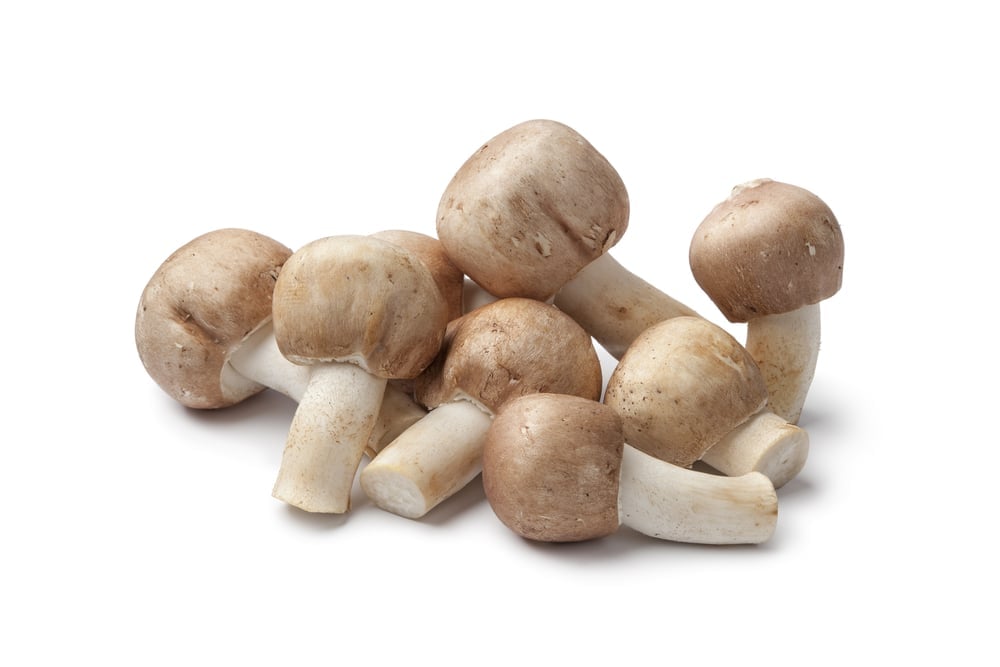
Introduction to Agaricus Subrufescens
Agaricus subrufescens, commonly known as the almond mushroom, almond agaricus, royal sun agaricus, or god’s mushroom, is a fascinating edible species prized for its distinctive almond scent and bountiful growth. This mushroom has gained popularity not only for its culinary uses but also for its purported medicinal properties, making it a subject of interest among foragers, cultivators, and researchers alike.
Taxonomy and Naming of Agaricus Subrufescens
The taxonomy of Agaricus subrufescens has evolved over time, with several fungal strains historically misidentified under names such as Agaricus blazei and Agaricus brasiliensis. Genetic and interfertility testing conducted by experts like Richard Kerrigan confirmed that these names refer to the same species. As the oldest taxonomic name, Agaricus subrufescens holds priority. Understanding this taxonomy is crucial for accurate identification and classification of the mushroom.
Habitat and Distribution
Agaricus subrufescens thrives in rich soil, garden compost, and disturbed ground environments. It commonly fruits singly or in clusters within leaf litter or woodchip layers. Originally described in northeastern North America, this species has since been found worldwide, including in Brazil, Australia, Taiwan, and parts of Europe and Asia. Its adaptability to various climates and substrates contributes to its bountiful growth.
Physical Characteristics and Identification Features
Cap Description
The cap of the almond mushroom starts hemispherical when young and becomes convex as it matures. It ranges from 5 to 25 centimeters in diameter and exhibits colors from white to dull reddish brown or grayish tones. The surface is covered with fine silk-like fibers that develop small scales as the mushroom ages. The cap margin often splits with age, and handling or aging can cause a yellowish-brown staining.
Gills
The gills are free from the stem, narrow, and closely crowded. They change color as the mushroom matures, starting white, turning pinkish, and finally becoming chocolate brown or dark purplish brown when the spores mature. These color changes are key indicators during identification.
Stem (Stipe)
The stem is thick, ranging from 6 to 15 centimeters long and 1 to 4 centimeters thick, often bulbous at the base. Initially solid, it becomes hollow with age and is covered with cottony scales near the base. The stem features a double-layered ring (annulus) that is smooth and whitish on top and cottony with scales underneath.
Flesh and Odor
The flesh is white and does not change color when cut. A distinctive almond scent, reminiscent of marzipan, is a hallmark of this species and aids in identification. This scent differentiates it from many related species and lookalikes.
Spore Print
The spore print is dark purplish brown, a critical identification feature to distinguish Agaricus subrufescens from other mushrooms.
Similar and Related Species
Several related species resemble Agaricus subrufescens, including Agaricus blazei, Agaricus brasiliensis, and Agaricus rufotegulis. Some lookalikes have similar almond scents, while others differ in habitat, stem texture, or gill color. For example, the Prince mushroom (Agaricus augustus) and Agaricus nanaugustus share some features but can be distinguished by their range and stem scales. Awareness of these lookalikes is vital to avoid confusion and potential toxicity.
Foraging and Harvesting Tips
When foraging, younger specimens of the almond mushroom are preferred due to their better texture and lower likelihood of insect infestation. Harvest by cutting the stem at the base or gently pulling the mushroom from the ground. Look for the distinctive almond scent and the characteristic physical features described above.
Culinary Uses of Agaricus Subrufescens
Though the almond scent does not strongly transfer to taste, the mushroom offers a sweet, nutty flavor similar to but more complex than the common button mushroom or portobello mushrooms. It is versatile in cooking and can be sautéed, grilled, baked, or added to a variety of dishes as a flavorful replacement.
Medicinal Properties and Research
Agaricus subrufescens is considered a medicinal mushroom in alternative and complementary medicine. It contains novel immunomodulating bioactive compounds thought to offer protective and antioxidant effects. Studies suggest potential benefits in integrative cancer therapies and improved liver function, although clinical research is ongoing. Caution is advised as some preliminary research indicates possible effects on serum liver enzyme levels in certain patients.
Cultivation and Growing Conditions
This mushroom is well-suited for cultivation in garden compost or prepared beds rather than logs. It prefers warmer temperatures (above 70°F) and shaded environments. Cultivators appreciate its prolific growth and unique flavor, making it a valuable addition to home mushroom gardens.
Conclusion: Mastering Agaricus Subrufescens Identification
Identifying Agaricus subrufescens requires attention to its distinctive almond scent, cap coloration and texture, gill color progression, stem features, and spore print. Understanding its taxonomy, habitat, and lookalikes enhances safe and successful foraging or cultivation. Whether for culinary enjoyment or medicinal interest, the almond mushroom remains a prized species among wild mushrooms and cultivated edible fungi.
Masterful Display
Each and everyone of our products are deeply considered, labored over, and improved upon time and time again. We invite you to experience the difference of our carefully crafted small batches of herbal support items. Whether it be our tea line, produced for a delightful experience, or our tincture blends and extracts, we have what you need.

